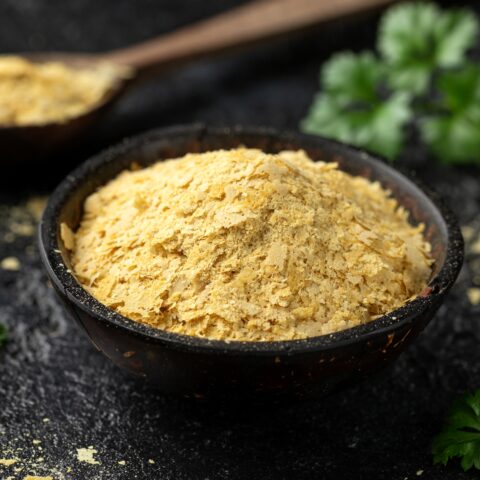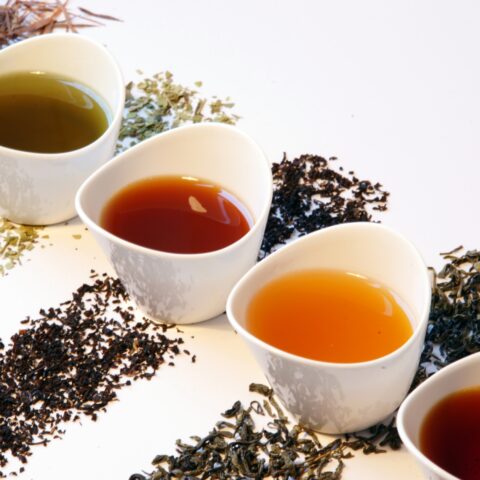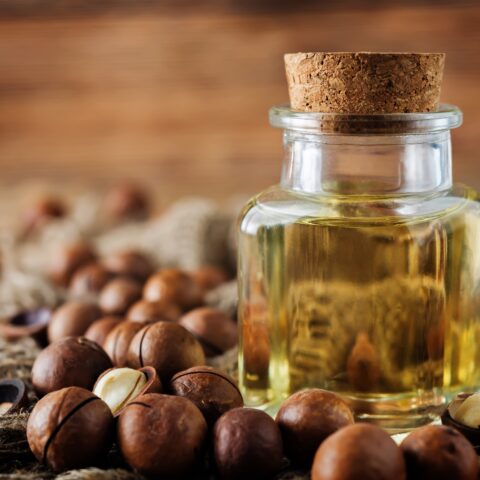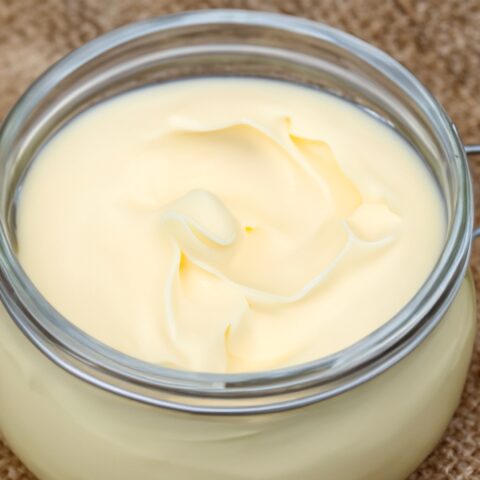Stevia, Monkfruit, Maple Syrup, and Honey: Are Natural Sweeteners Paleo?
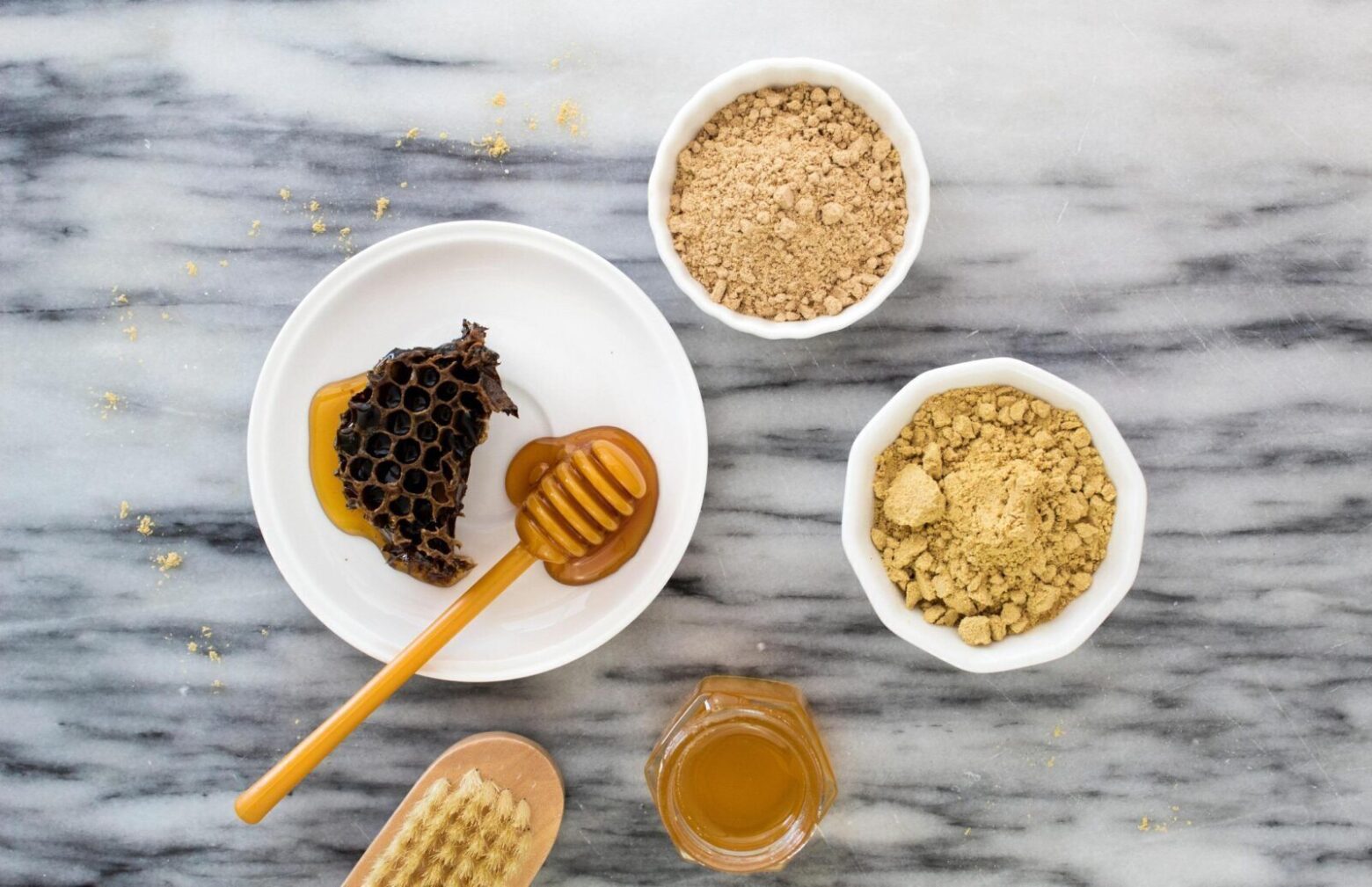
Human tastebuds live a bittersweet existence: On one hand, those sensory receptors on our tongue love sugar; on the flip side, there’s no denying that eating simple sugars is terrible for our health. Natural sweeteners like honey, maple sugar, stevia, and monkfruit can be healthy–within certain guidelines.
In addition, some argue that “sugar is sugar is sugar,” since the glucose and fructose molecules in “bad sugars” like corn syrup are ultimately the same glucose and fructose molecules found in “good sugars” like fruits and starchy veggies.
At the end of the digestion journey, all “sugars” do break down to the same molecules. But are they really all the same? And what about “natural” sugars, like those in raw, unprocessed honey? Surely, they can’t be as bad as corn syrup?
While natural sugars do have some health benefits, their place in The Paleo Diet® is probably very different from what you’ve heard from other sources.
The Benefits of Natural Sweeteners
For the record, natural sugars (which refers to substances like raw honey, maple syrup, coconut sugar, and stevia) are not exactly the same as artificial sugars. This is because they are either derived from or are found in nature, and come with their natural fibers, enzymes, and other components intact.
Most natural sugars, and especially raw honey, even have benefits. For instance, raw honey, which has been consumed for an estimated 5,000 years, has been shown to contain antimicrobial properties that have an inhibitory effect on roughly 60 species of bacteria. [1]
In fact, honey even has its own branch of alternative medicine, called apitherapy, which offers treatments based on honey and other bee products against many diseases. A growing body of research is showing potentially positive benefits. [5,6]
Research has also found that raw honey and pure maple syrup contain beneficial antioxidant compounds that can help fight DNA damage, reduce inflammation, and may have anti-cancer effects. [2,3]
Stevia (which comes from the leaves of the stevia plant) also has the benefit of having no calories and coming from a natural source: a plant.
These sweeteners are found in nature and can be consumed without processing, which is one of the criteria for calling a food “Paleo.” However, just because something is good for us in a therapeutic sense (aka: being consumed once-in-a-while) doesn’t mean it is good for us all the time. Natural sweeteners are still simple sugars that can have many of the same health consequences as simple sugars such as insulin resistance.
Use Natural Sweeteners Sparingly
The Paleo Diet is a template for what and how ancient humans would have consumed foods. So, when determining if something is Paleo, you not only have to consider if that something is natural, but you also must consider how frequently it would have been eaten. That’s true for sugars of any sort.
If we consider raw honey, for example, imagine the effort it would have taken ancient humans to consume even a little. The Hadza indigenous people rank honey as their favorite food and it accounts for a substantial amount of the calories in their diet. [4] However, it is acquired as part of long hunt which expends significant calories, and of course one has to consider the other foods that make up their diet.
For maple syrup, coconut sugar, and even cane sugar, we see the same scenario: It would have taken a massive effort to find and collect these substances during our hunter-gatherer past. When you look at how often these natural sweeteners can be found in nature, you realize they would be a rare component of a hunter-gatherer diet.
Today, if we’re going to choose a dessert, we’d want it to contain only natural sugars and nut flours! However, consumers get into trouble when these “treats” become routine, and they start eating them several times a week, thereby replacing other, more nutrient-dense foods. After all, a cake made with natural sweeteners and nut flour is still a cake at the end of the day.
There are many PaleoFLEX™ dessert recipes featuring raw honey, maple syrup, stevia, coconut syrup, and even molasses.
When determining if something is Paleo, you not only have to consider if that something is natural, but you also must consider how frequently it would have been eaten.
Natural Sugars Do Affect Blood Sugar and Insulin Levels
Regardless of where they come from, or how “natural” they are, natural sugars still impact our blood sugar and insulin no differently from processed sugars. If we eat them sparingly (as ancient humans would have), there is no problem, as our systems are built to handle a bit of sugar every so often. However, this hit to our blood sugar begins to have a negative effect when it happens more regularly.
These daily spikes in blood sugar can dampen our cells’ ability to respond to insulin, the blood-sugar-lowering hormone, which can lead to insulin resistance and diabetes. Not to mention, eating too much sugar, including natural sugars, increases our hunger and causes us to overconsume.
Related: Is Sugar Addictive?
The body has to do something with those extra calories and, ultimately, they are stored as fat. This is why we typically see diabetes, insulin resistance, leptin resistance, and obesity occurring simultaneously in individuals: because they all have roots in sugar and its negative effect. [5]
Even Natural Sweeteners Are Often Processed
Many “natural” sugars undergo some type of processing before they reach the store shelf. Stevia, for instance, doesn’t just grow in nature as a powder; it has to be ground and/or extracted which can make it more concentrated or certainly much easier to consume more than is healthy.
Maple syrup and honey are often filtered. Furthermore, if you aren’t purchasing raw honey, you’re consuming honey that has been heated, making it no better than sugar syrup.
In terms of zero-calorie sweeteners like stevia, our bodies are extremely advanced organisms and can’t be “fooled.” Even though, technically, pure stevia extract would be the optimal choice of natural sweetener, the intensity of the sweetness and the fact that it is consumed as an isolated and concentrated extract of the leaf necessitates using it sparingly.
[Note: if you do consume stevia, be sure to find a pure stevia powder; most are mixed with other artificial sweeteners like xylitol or erythritol.]
Natural Does Not Necessarily Mean Healthy
It is important to remember that being “natural” doesn’t necessarily make something Paleo. To truly be Paleo, you also must consider how frequently our ancestors would have eaten it—or something very similar to it.
At the end of the day, our ancestors did not have continuous access to sweet foods or desserts; thus, we should limit our intake of them as well. Sugar doesn’t exist naturally in many forms outside of fruits, and if it does, it’s extremely difficult to get to or process.
However, raw honey fits the parameters of a natural food that would have been consumed by hunter-gatherers who expend a significant number of calories throughout the day, and consume only other natural foods. So, for our purposes, it is okay to consume occasionally, more frequently if you are metabolically very healthy.
If you’re trying to avoid sugar altogether (which we believe you should aim to do!), stevia is the most “natural” and doesn’t appear to have the negative impact on insulin resistance that many sugars have. But ground down to a concentrated powder, it is still being consumed in quantities that wouldn’t have existed in the past.
To align more with the true Paleo Diet, we should aim to limit natural sugars whenever possible, indulging occasionally, and if we do have a persistent sweet tooth, try eating a piece of fruit!
References:
- Manisha Deb Mandal and Shyamapada Mandal. “Honey: Its Medicinal Property and Antibacterial Activity.” Asian Pac J Trop Biomed. 2011 Apr; 1(2): 154–160. doi: 10.1016/S2221-1691(11)60016-6 <https://www.ncbi.nlm.nih.gov/pmc/articles/PMC3609166/>
- University of Rhode Island. “Pure maple syrup contains medicinally beneficial compounds, pharmacy researcher finds.” ScienceDaily. ScienceDaily, 25 March 2010. <www.sciencedaily.com/releases/2010/03/100321182924.htm>.
- Saeed Samarghandian, Tahereh Farkhondeh, and Fariborz Samini. “Honey and Health: A Review of Recent Clinical Research.” Pharmacognosy Res. 2017 Apr-Jun; 9(2): 121–127. doi: 10.4103/0974-8490.204647 <https://www.ncbi.nlm.nih.gov/pmc/articles/PMC5424551/>
- Marlowe, F. W., Berbesque, J. C., Wood, B., Crittenden, A., Porter, C., & Mabulla, A. (2014). Honey, Hadza, hunter-gatherers, and human evolution. Journal of human evolution, 71, 119–128. https://doi.org/10.1016/j.jhevol.2014.03.006
- I. A. Macdonald. “A review of recent evidence relating to sugars, insulin resistance and diabetes.” Eur J Nutr. 2016; 55(Suppl 2): 17–23. Published online 2016 Nov 23 <https://www.ncbi.nlm.nih.gov/pmc/articles/PMC5174139/>
- Ali, A. M., & Kunugi, H. (2020). Apitherapy for Age-Related Skeletal Muscle Dysfunction (Sarcopenia): A Review on the Effects of Royal Jelly, Propolis, and Bee Pollen. Foods (Basel, Switzerland), 9(10), 1362. https://doi.org/10.3390/foods9101362
- Ali, A. M., & Kunugi, H. (2020). Apitherapy for Parkinson’s Disease: A Focus on the Effects of Propolis and Royal Jelly. Oxidative medicine and cellular longevity, 2020, 1727142. <;
Megan Patiry
Megan Patiry is a freelance writer specializing in ancestral nutrition. She has personally followed a Paleo-style, ancestral style of eating for over a decade.
More About The Author
